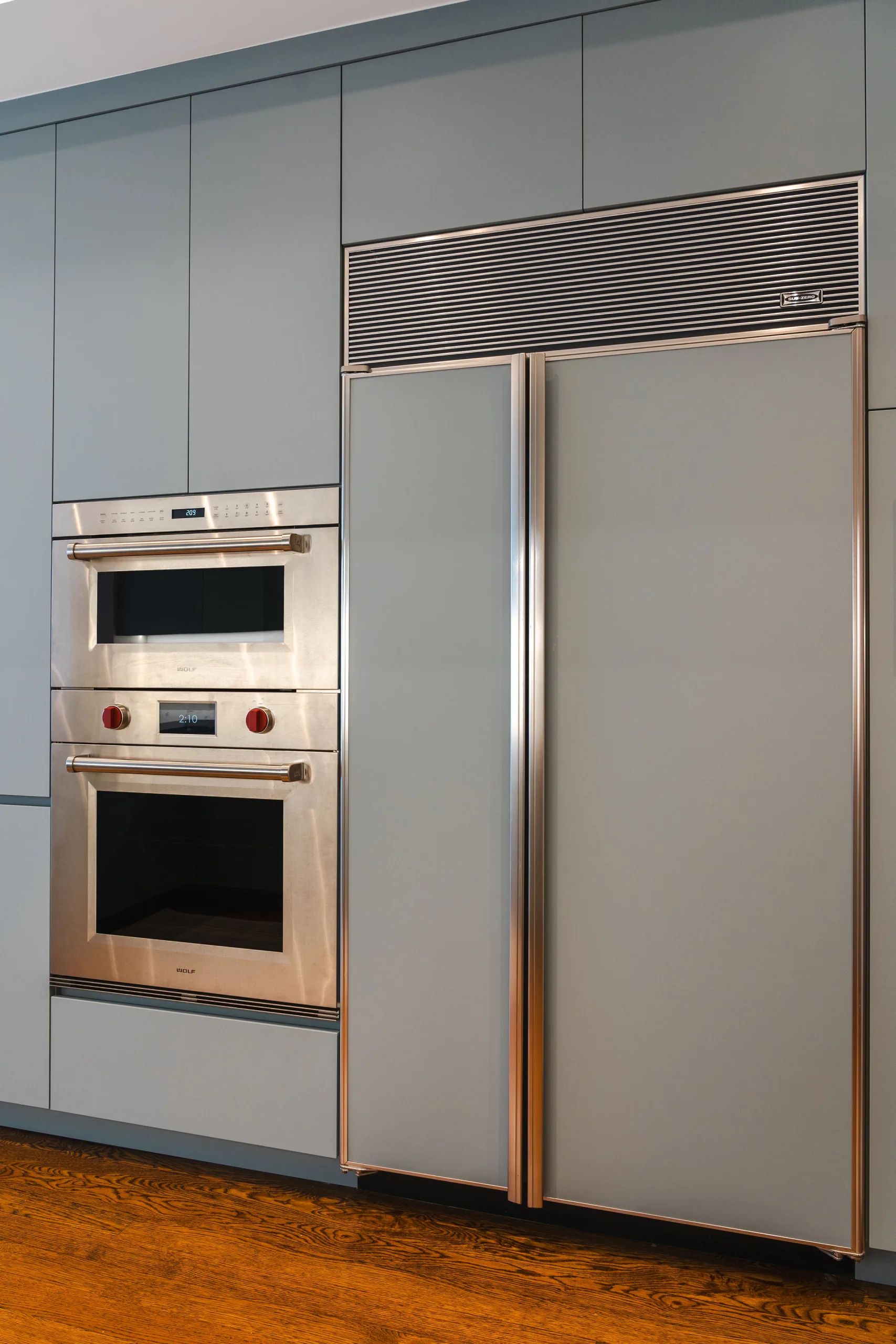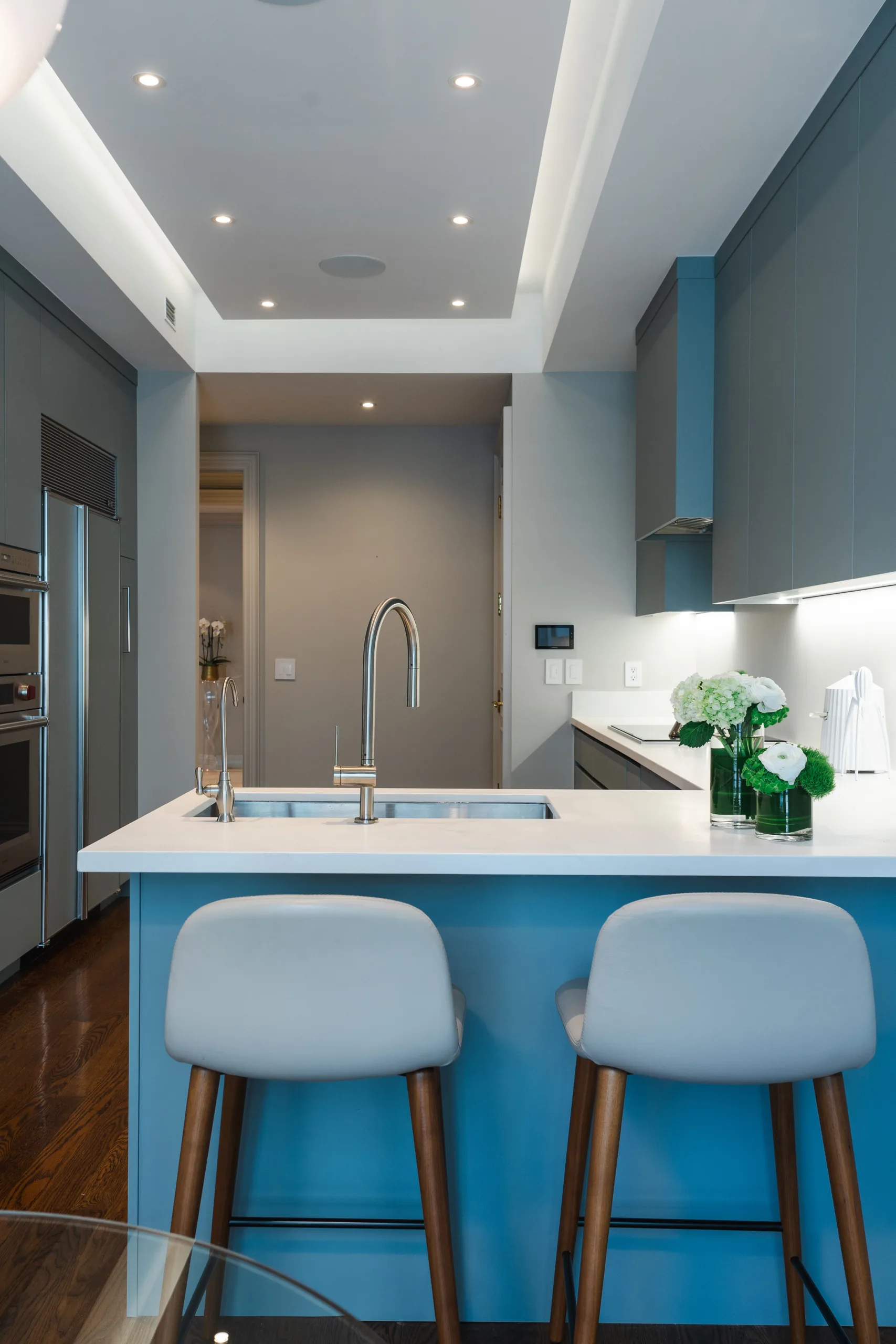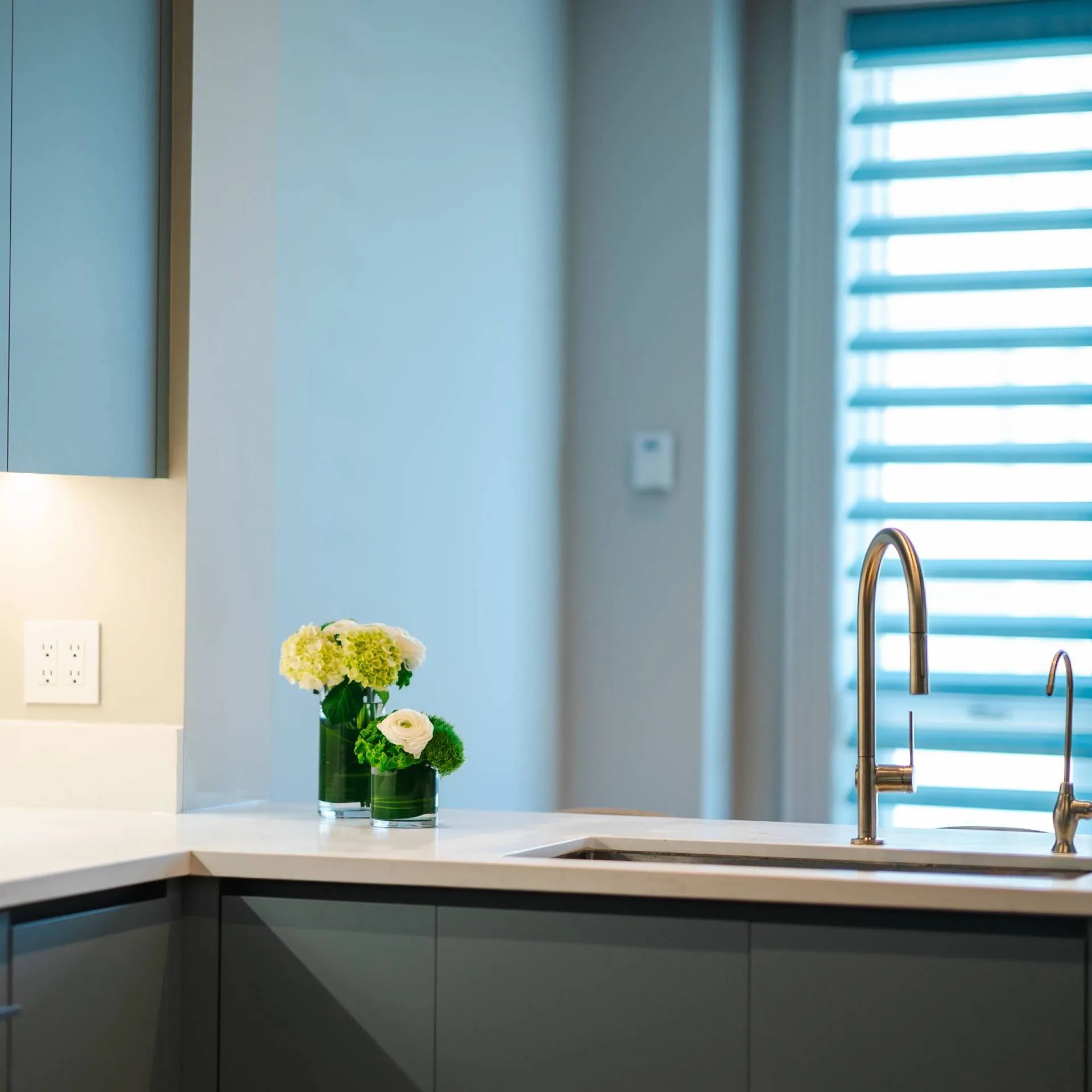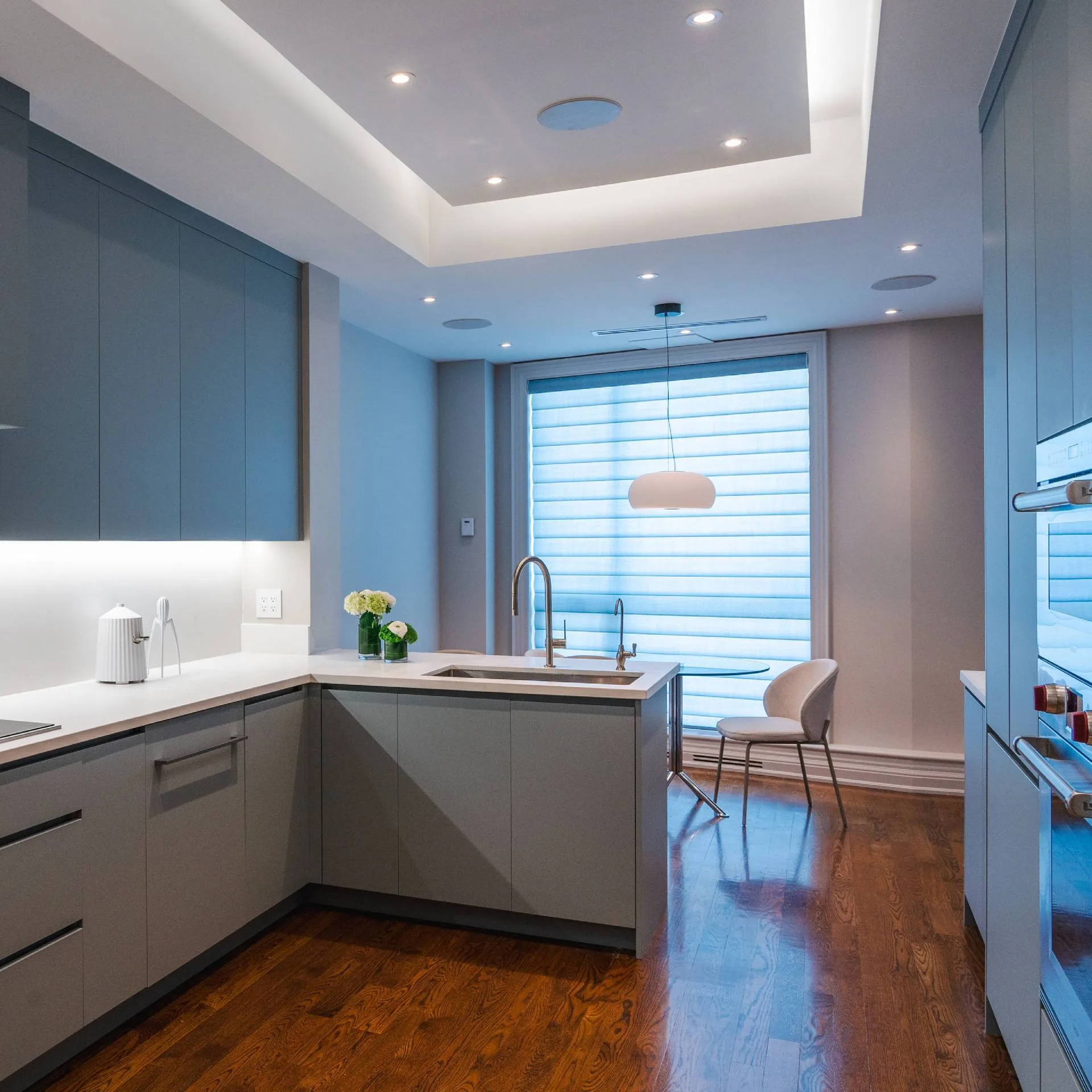How to Set the Perfect Budget for Your Kitchen Remodel
Remodeling your kitchen is an exciting project that can significantly enhance your home’s value and your quality of life. However, without a well-planned budget, costs can spiral out of control. Here’s how to set the perfect budget for your kitchen remodel, ensuring that you get the most value for your investment.
1. Assess Your Needs and Priorities
Before diving into the numbers, take a step back and think about what you really need from your kitchen remodel. Are you looking to completely overhaul the space, or are there specific areas you want to focus on, such as upgrading appliances, replacing cabinets, or adding more storage?
Tip: Prioritize your wish list by categorizing items as “must-haves” and “nice-to-haves.” This will help you allocate funds where they’re needed most and avoid overspending on less essential elements.
2. Research the Costs
Understanding the costs associated with different aspects of a kitchen remodel is crucial. Here’s a rough breakdown:
- Cabinets and hardware: Typically the biggest expense, accounting for about 30-40% of your budget.
- Appliances: Expect to spend around 15-20% of your budget on new appliances.
- Countertops: Quality countertops can take up 10-15% of your budget.
- Plumbing and electrical: Budget 5-10% for these essential services.
- Flooring: Set aside about 7-10% for new flooring.
- Lighting: Good lighting can make a big difference, so allocate 5% of your budget here.
- Labor costs: Depending on your location and the complexity of the remodel, labor can take up 20-35% of your budget.
Tip: Research costs in your area. For example, kitchen remodels in Toronto may have different price points compared to other regions. Look at recent projects, talk to local contractors, and use online cost calculators to get a realistic idea.
3. Determine Your Budget Limit
Your budget should be realistic and based on your financial situation. As a general rule, you should not spend more than 15-20% of your home’s market value on a kitchen remodel. If your home is worth $500,000, your budget should ideally be between $75,000 and $100,000.
Tip: Always leave a buffer of 10-20% of your budget for unexpected expenses, such as structural repairs or unforeseen issues that may arise during the remodel.
4. Consider Financing Options
If your budget exceeds what you have on hand, consider financing options. Home equity loans, personal loans, or lines of credit are common ways to finance a remodel. Be sure to factor in interest rates and repayment terms when calculating your budget.
Tip: Avoid stretching your finances too thin. Opt for financing options that won’t strain your monthly budget.
5. Get Multiple Quotes
When hiring contractors, don’t settle for the first quote you receive. Get at least three quotes from reputable contractors to compare prices and services. Make sure each quote is detailed, covering labor, materials, timelines, and any potential additional costs.
Tip: Don’t automatically choose the lowest bid. Consider the contractor’s reputation, experience, and reviews. Sometimes, paying a bit more upfront can save you from costly mistakes down the line.
6. Balance Quality and Cost
While it’s tempting to cut costs by choosing cheaper materials or DIY-ing parts of the remodel, remember that quality should not be compromised. High-quality materials and skilled labor will ensure your kitchen stands the test of time.
Tip: Look for ways to save without sacrificing quality, such as opting for semi-custom cabinets instead of fully custom ones, or choosing durable, mid-range materials for countertops.
7. Monitor Spending
Once the remodel begins, keep a close eye on your spending. Track every expense and compare it to your budget to ensure you’re staying on track. Make adjustments as needed, but always keep your original budget in mind.
Tip: Avoid making too many changes once the project is underway. Change orders can quickly add up and throw your budget off course.
8. Plan for the Unexpected
No matter how well you plan, unexpected costs can arise. From discovering water damage behind old cabinets to needing to upgrade electrical systems, there’s always a possibility of unforeseen expenses.
Tip: That’s why having a contingency fund (10-20% of your budget) is crucial. It will help you handle surprises without derailing your entire budget.
9. Think Long-Term
While budgeting for your kitchen remodel, think about the long-term value it will add to your home. Investing in energy-efficient appliances, durable materials, and a timeless design can pay off in the future, both in terms of resale value and reduced maintenance costs.
Tip: Consider how your remodel will meet your future needs. For instance, if you plan to age in place, incorporate features like lower countertops or wider doorways.
Conclusion
Setting the perfect budget for your kitchen remodel requires careful planning, research, and a clear understanding of your priorities. By following these steps, you’ll be able to create a budget that not only fits your financial situation but also ensures a successful and satisfying remodel that enhances both the beauty and functionality of your kitchen. Happy remodeling!





